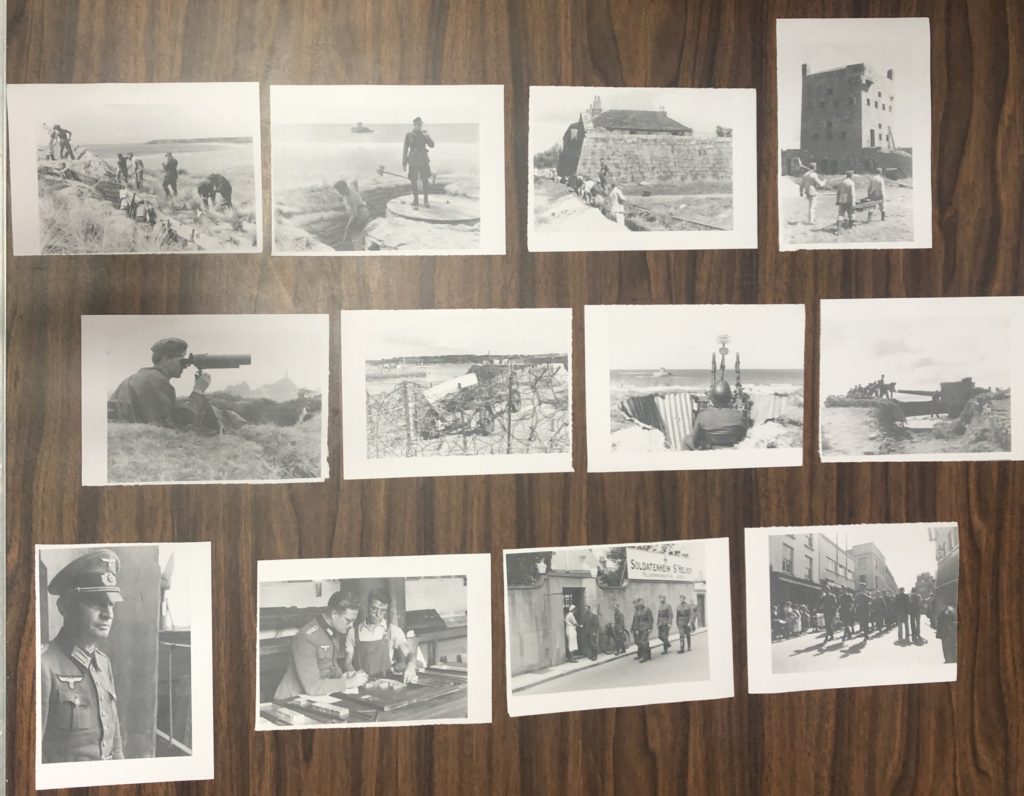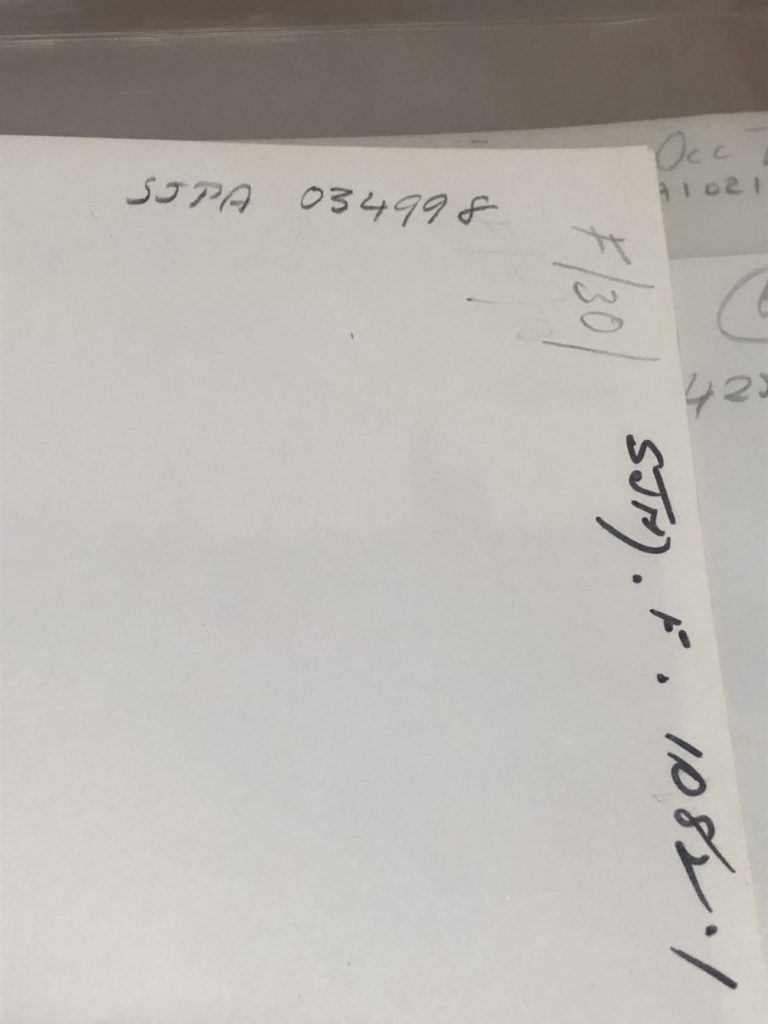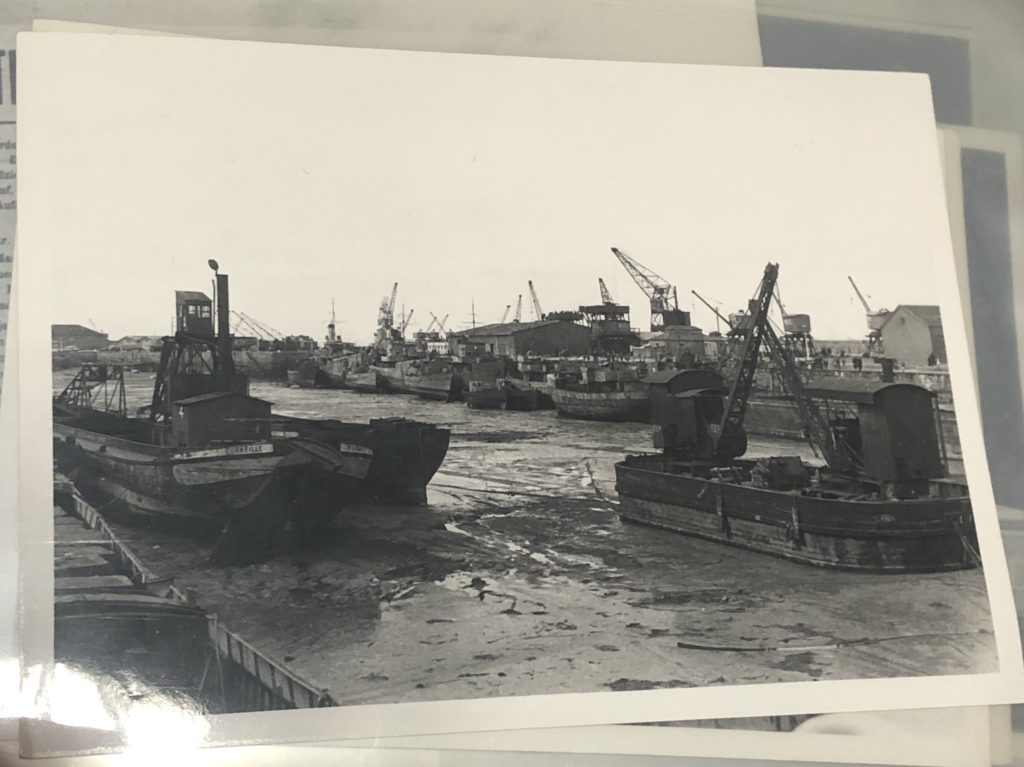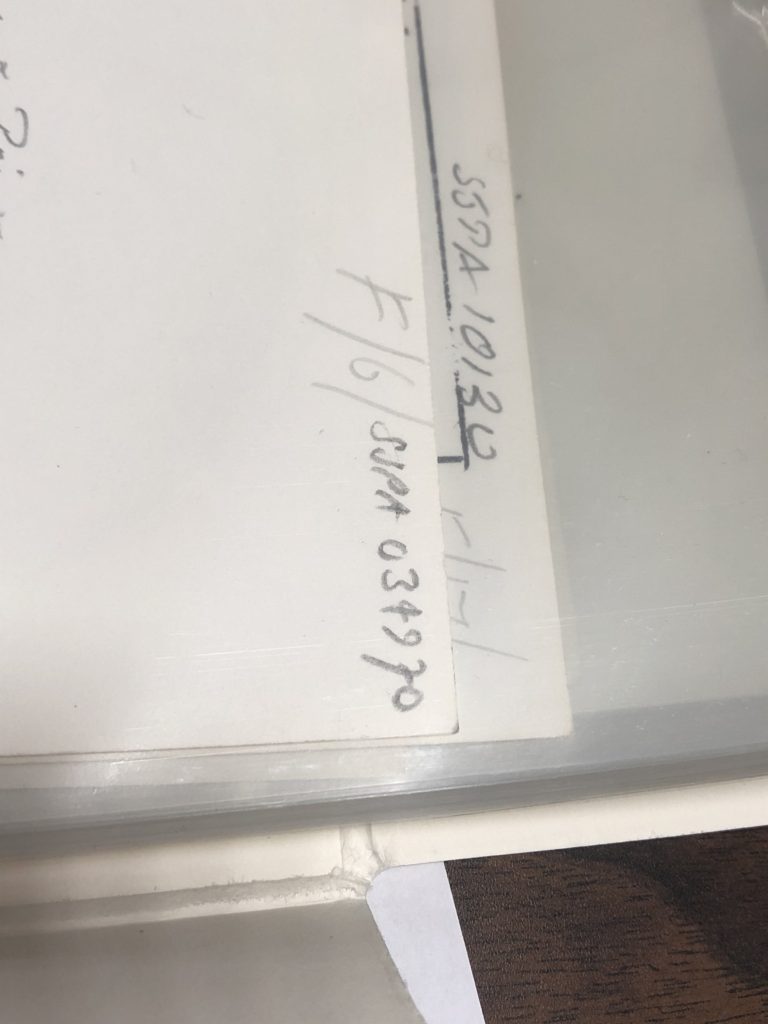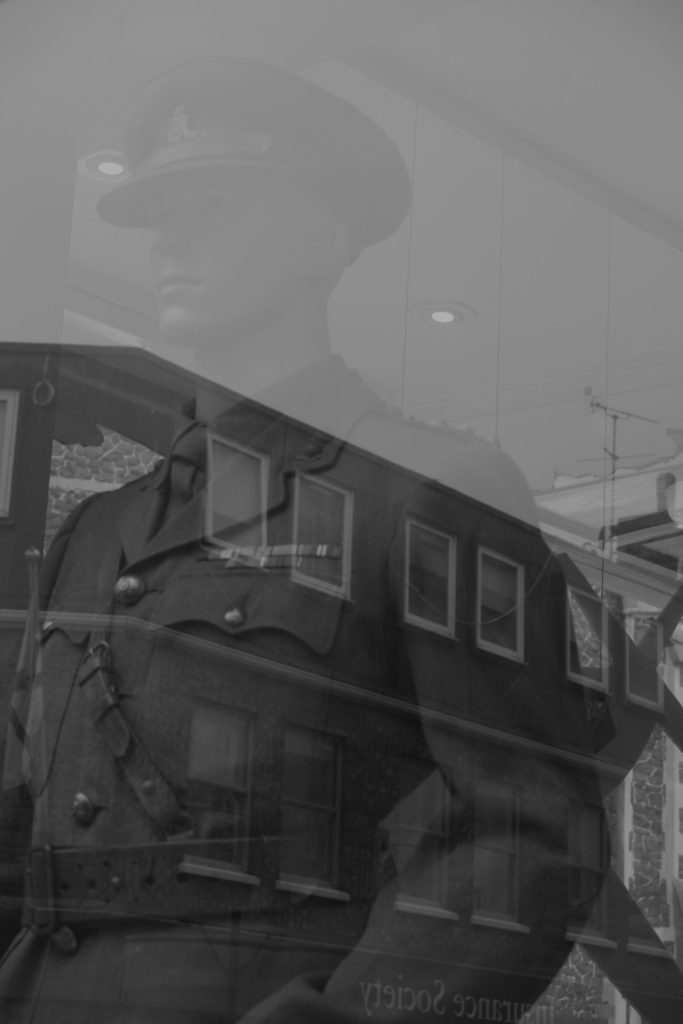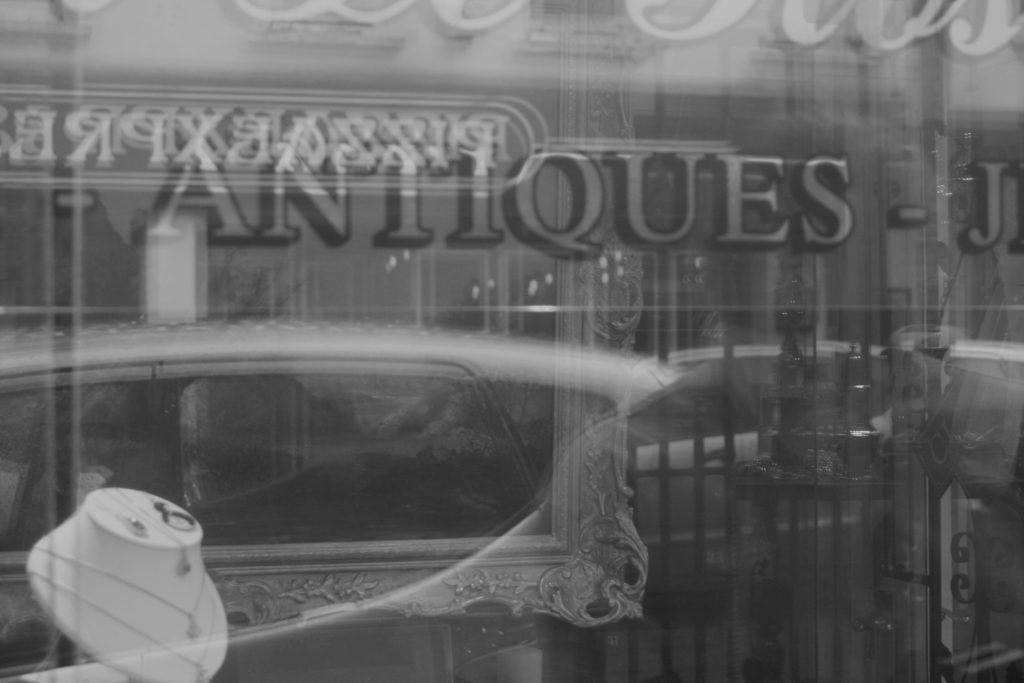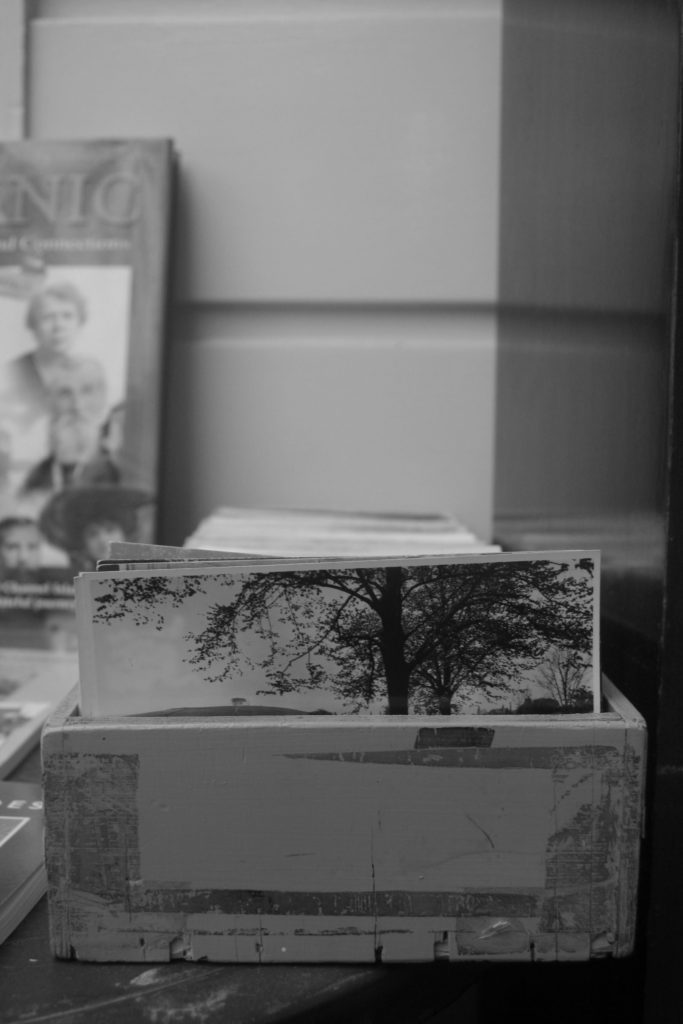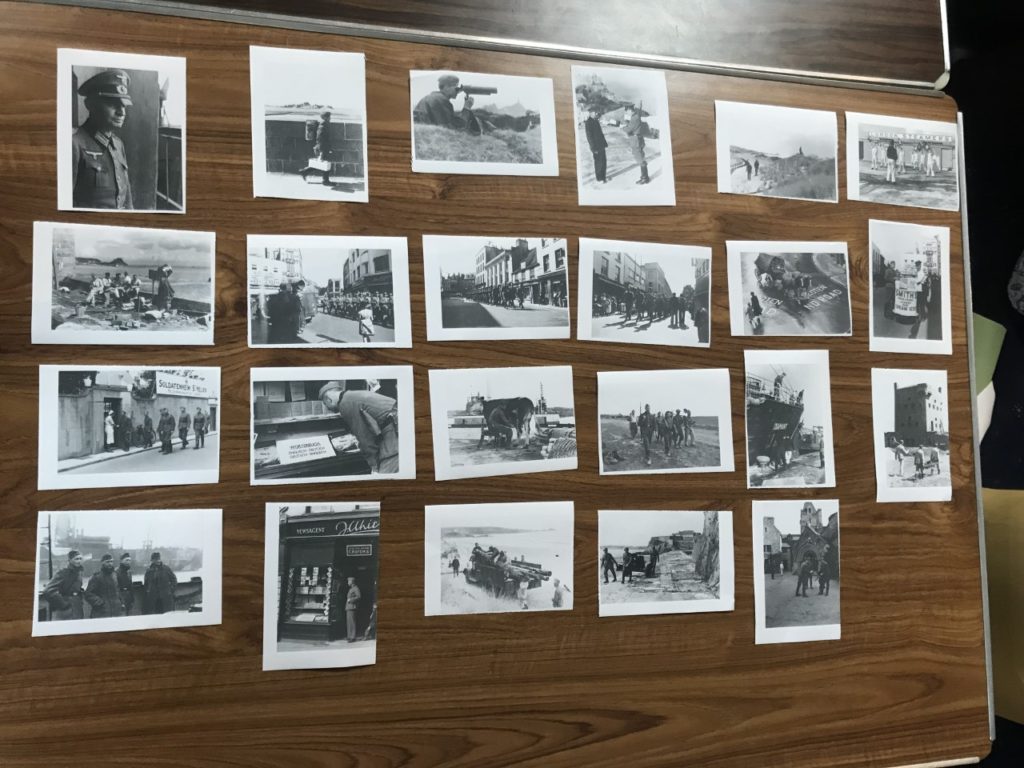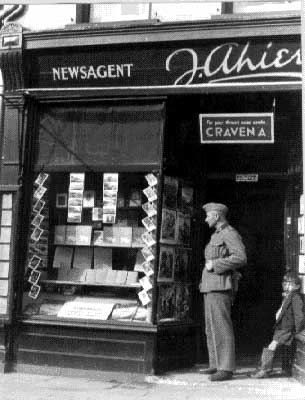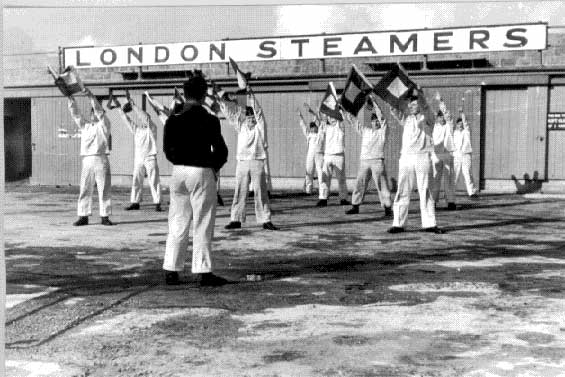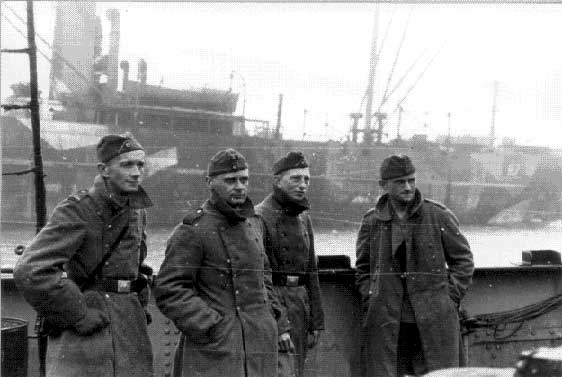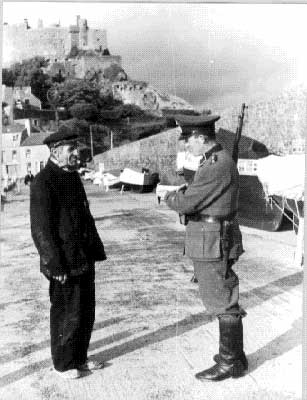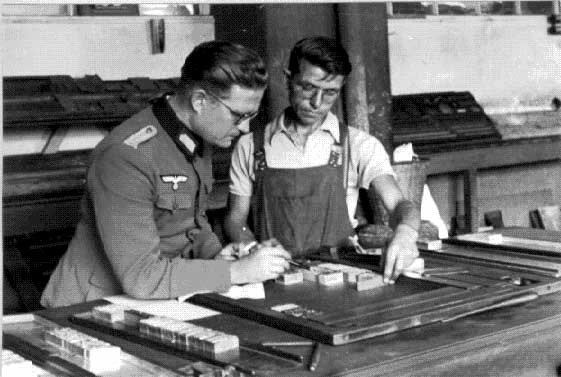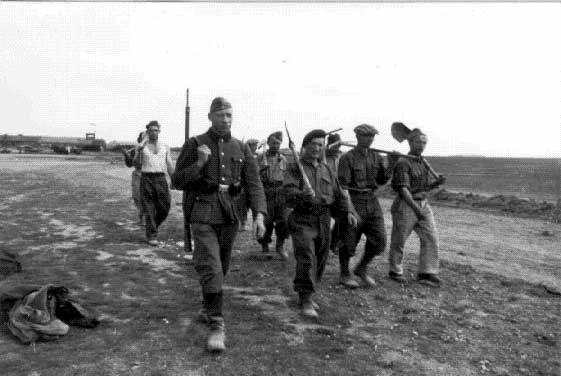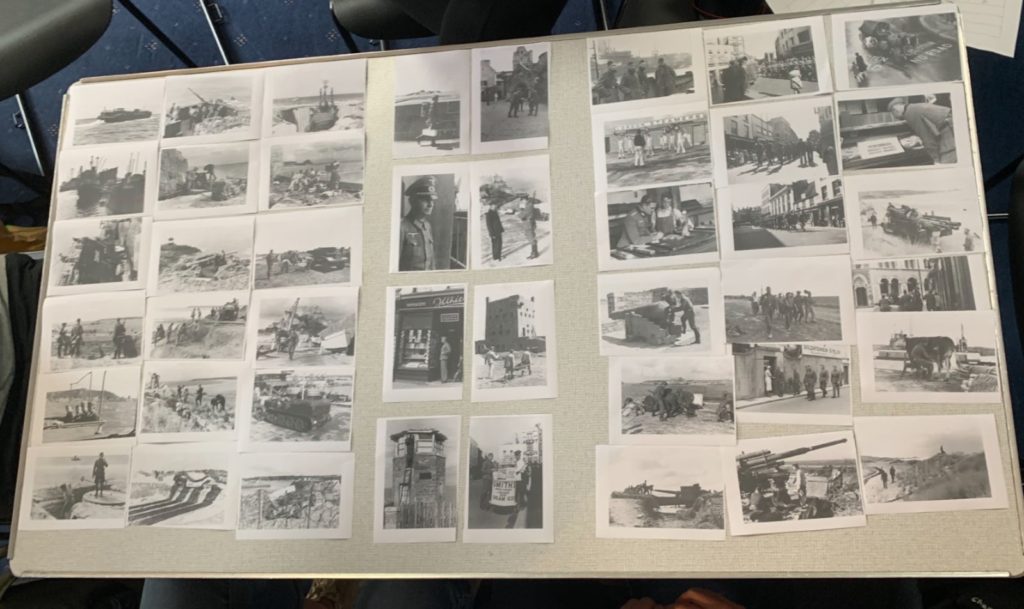The Photographic Archive of the Société Jersiaise contains over 80,000 images dating from the mid-1840s to the present day (with around 36,000 images from the collection being digitally transferred onto the
Société’s online archive) and is the principal Jersey collection of nineteenth and early twentieth century photography. On the 9th of May 1840 photography; in it’s early development, was introduced to Jersey. Just nine months after first being publicised in urban centres of England and France.
During the visit to the archive, I learnt about a few of the major pioneering photographers of Jersey; these include Will Collie, Charles Hugo, Thomas Sutton, and Henry Mullins, Their subjects, and methods of developing their photographs.
https://societe-jersiaise.org/photographic-archive

Following the introduction to the photographic archives, we were shown a few folders containing archived photographs taken during the occupation of jersey. Their subject matter also varied; such as lifestyle and development of coastal defences, taken by German soldiers and local islanders with photography permits. While viewing the images we also recorded archive numbers onto a check sheet, to request digitised versions of any images which we found interesting.
Afterwards we were arranged into groups and all given the same pack of photographs to arrange into a narrative. For my group’s narrative, we decided upon condensing the pack into twelve final images, where there were four different images in three scenarios; armament development, guarding the coasts, and lifestyle, respectively. All in ascending order of a focused, simple subject, developing into a larger scene.
